What is a hybrid mattress – sleep experts explain all
We explain what a hybrid mattress is and weigh up the pros and cons to help you decide if it's the right type of mattress for you
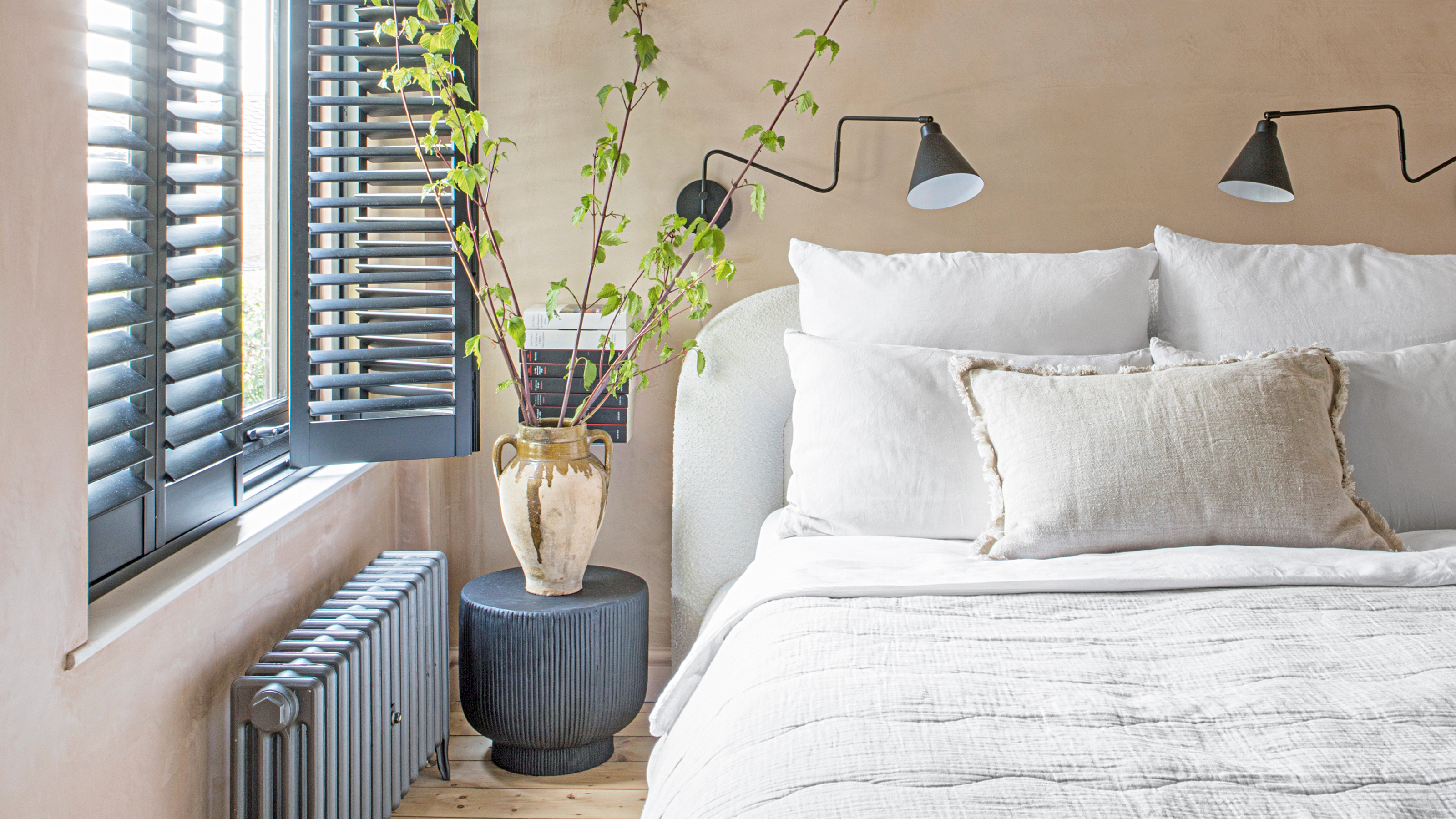

When buying a new mattress, it’s easy to get overwhelmed by the choice available. There are whole variety of different types of mattress construction, including hybrid mattresses. But what is a hybrid mattress exactly, and how does it differ from a foam, pocket-sprung or open-coil mattress?
We're here to explain all, and to help you decide whether a hybrid mattress is the best mattress for your own personal preferences.
Hybrid mattresses suit a lot of people – and once we drill down into what they are, you’ll be able to see why. As someone who’s reviewed well over 20 mattresses in my working life, and slept on hybrid mattresses of all budgets, I’m going to walk you through these “ticks all boxes” mattresses.

What is a hybrid mattress?
So what is a hybrid mattress? Well, as the name suggests, a hybrid mattress is the meeting of two types of mattress – a sprung mattress and a foam mattress. More often than not, the foam layer involves memory foam, but sometimes latex is used instead.
'A hybrid mattress is normally one that combines pocketed coils or springs with a surface layer that sits on top for added comfort' says Chris Tattersall, sleep environment expert and managing director of mattress brand Woolroom.
‘Also referred to as a combination mattress, in its simplest form, a hybrid mattress combines a spring unit as the core support with a layer or multiple layers of foam to provide the comfort,’ agrees Simon Williams from the National Bed Federation.
In the construction of a hybrid mattress there's usually a base made from dense foam, a layer of pocket or open coil springs, and then the foam comfort layer.
Sign up to our newsletter for style inspiration, real homes, project and garden advice and shopping know-how
The spring layer of a hybrid mattress provides bounce and solid support, and in more expensive mattresses there may be more than one spring layer. Sometimes a second (or even thrid) layer of smaller springs are deployed above the main springs to provide targeted support at zones such as shoulders and hips where sleepers commonly complain of aches and pains.
The uppermost layer of the hybrid mattress is a comfort layer, this is usually a mix of foam, memory foam or latex that is designed to offer cushioning.
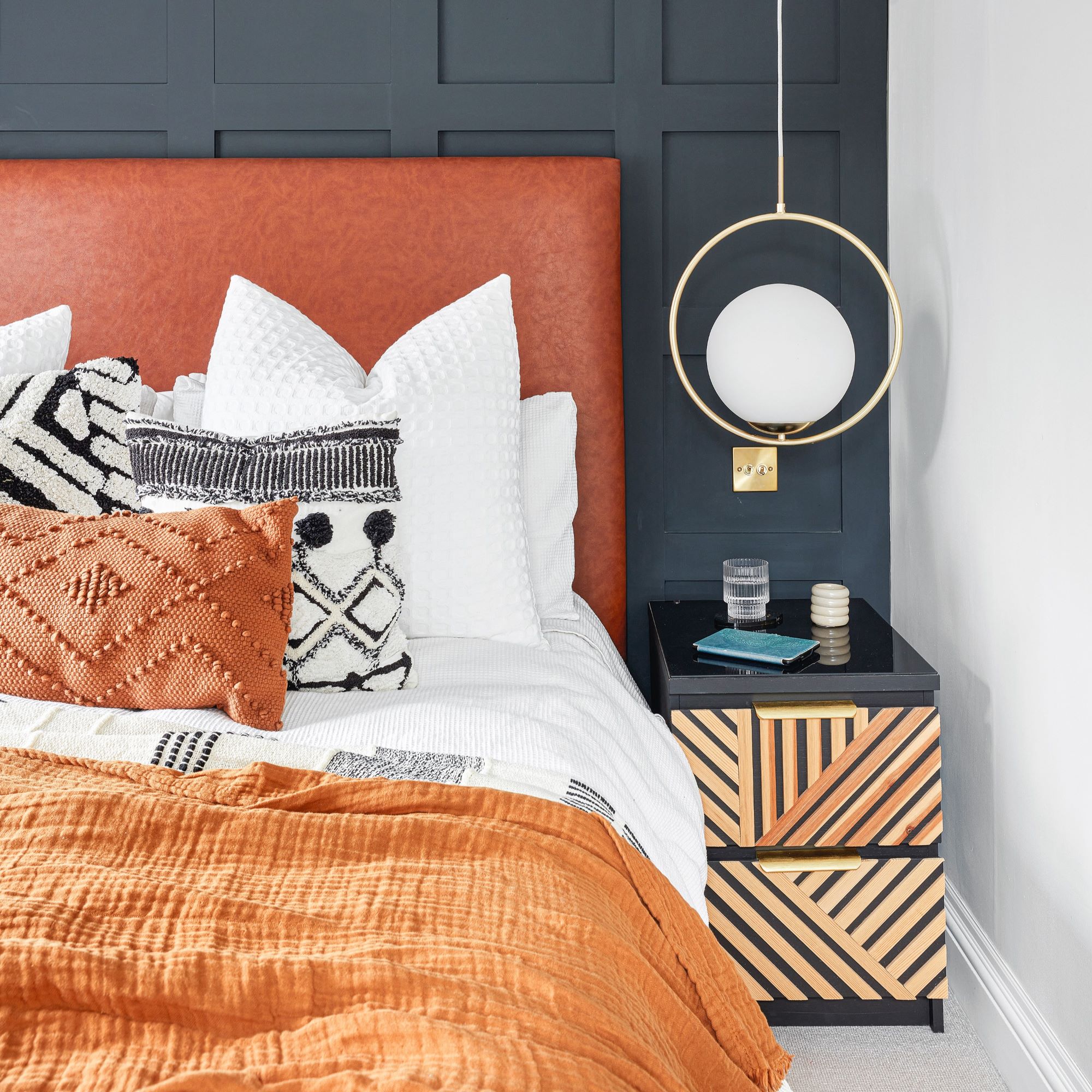
What are the benefits of a hybrid mattress?
1. Best of both worlds
As already mentioned, hybrid mattresses offer the comfort of foam or latex alongside the support of springs, so they offer the key benefits of two types of mattress in one.
‘In a nutshell, hybrid mattresses are a combination of multiple layers of springs and foam, giving sleepers the benefits of both types of mattress – you get the best of both worlds,’ says Mary Love, director of product and sourcing at hybrid mattress specialist Simba.
‘They contain the best of both worlds i.e. most commonly a supportive pocket spring core with pressure-relieving and super comfy layers of memory foam, latex foam or high resilient polyurethane foam,’ agrees Simon from the National Bed Federation.
2. Good all-rounders
The design of a hybrid mattress can make it a good all-rounder that's suitable for a lot of different sleeping positions.
‘The clever combination of coil springs and foam adapts beautifully to different sleep styles, making them ideal whether you prefer to sleep on your back, side, or stomach,’ says Mary from Simba.
This can also make a hybrid mattress a good bet if you and your partner sleep in different positions, or for a guest bed.
3. A balance of motion isolation and responsiveness
A hybrid mattress usually provides a good balance between motion isolation and responsiveness.
A sprung mattress usually has the most bounce and responsiveness, meaning it's easy to change postion and move around on. However, this bounce can lead to motion transfer, which means if one person tosses and turns in the night these vibrations can travel through the mattress and disturb their co-sleeper.
In contrast foam mattresses don't have any springs, so they're usually excellent at isolating and dampening any movement from a partner. But, without any springs, foam mattresses can feel a bit 'sluggish' to change position on. This is because without springs the foam can sometimes cocoon the body a little too much. It then takes more effort to move out of the cradling 'depression' that's formed around your body when you want to roll over.
Alternatively, a hybrid mattress can be a happy medium between both options.
4. No flipping
Traditional mattresses require flipping to ensure even wear and extend their lifespans. Not so with hybrid mattresses. ‘Hybrid mattresses are usually a single-sided construction so there's no need to struggle turning them over,’ says Simon Williams.
This will save you huffing and puffing every six months – or suddenly realising with a guilty panic that you haven’t flipped your mattress for two years – although you will still need to rotate a hybrid mattress to ensure even wear and tear.
5. Plenty of choice
There are a huge amount of hybrid mattresses on the market, which means it should be easier to find one that suits you.
Because the marketplace is so saturated, this also means that many brands offer good deals on mattresses and plenty of other benefits such as sleep trials that allow you to test out a mattress before you commit.

What are the disadvantages of a hybrid mattress?
1. Can be expensive
Hybrid mattresses can be fairly expensive. ‘Their complex construction and premium materials can make them pricier than traditional innerspring or all-foam options,’ says Mary from Simba.
2. Heavy
‘A hybrid mattresses can be quite a heavy mattress,’ says Simon from the National Bed Federation. This is because of that dense memory foam or latex layer which makes a hybrid mattress weightier than a sprung mattress.
It may not be enough to put you off buying one, but it's a point worth factoring in if you live alone or struggle to lift heavier things. Although a hybrid mattresses won’t tend to need flipping, you will still need to rotate it, and you might need to lift it to change the bed.
3. No flipping
Yes, I've included this as both a pro and a con. That's because although the lack of flipping is an advantage when it comes to ease of care, it could be a disadvantage for your mattress's longevity.
After all, there's only one side of a hybrid mattress absorbing wear and tear rather than the two sides you'd get from a high-quality two-sided mattress.
4. Can takes a while to break in
When you first lie on your new mattress, try not to allow the sinking feeling to creep in if it doesn’t feel perfect straight away. You’ve got to give the mattress a chance to settle in.
‘Some sleepers may experience a brief break-in period - where the mattress might feel firmer or softer than expected before it fully conforms to your body,’ says Mary from Simba.
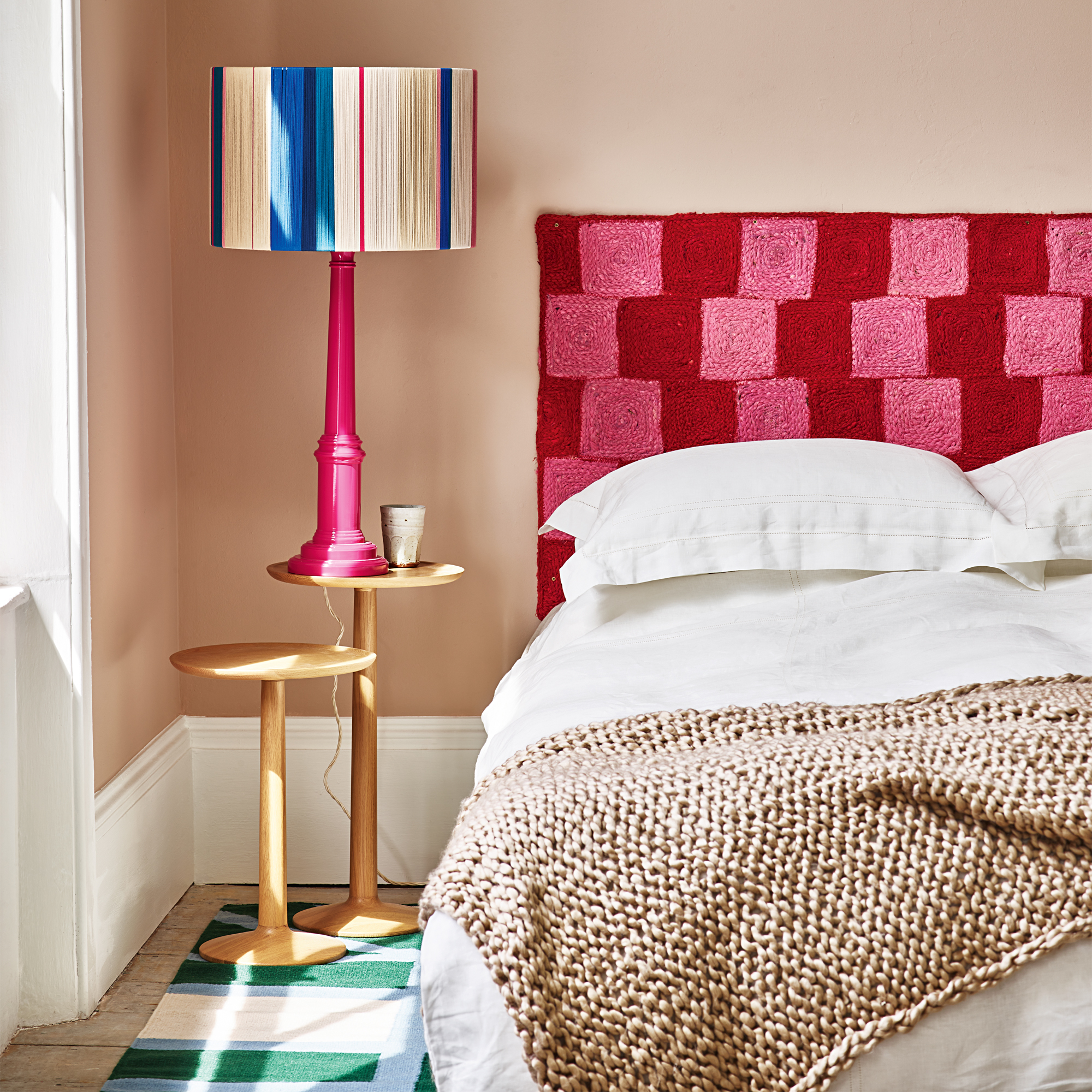
Our top recommendations
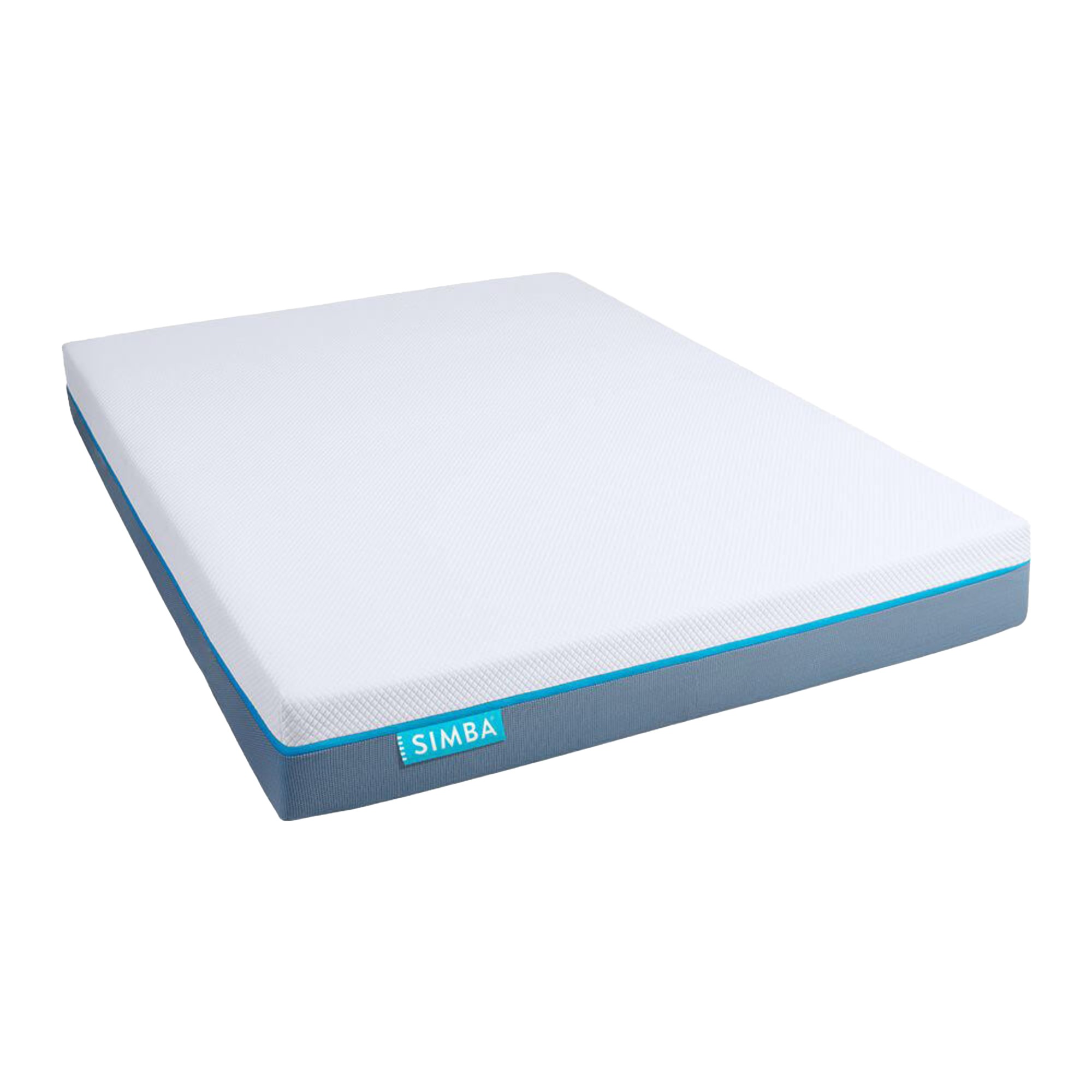
This hybrid memory foam mattress could be the 'Goldilocks' of the mattress world – a sleep surface that's not too soft or too firm. It's also a great all-rounder that offers decent temperature regulation, motion isolation and responsiveness at a relatively affordable price point. Our Simba Hybrid Original mattress review has more detail.
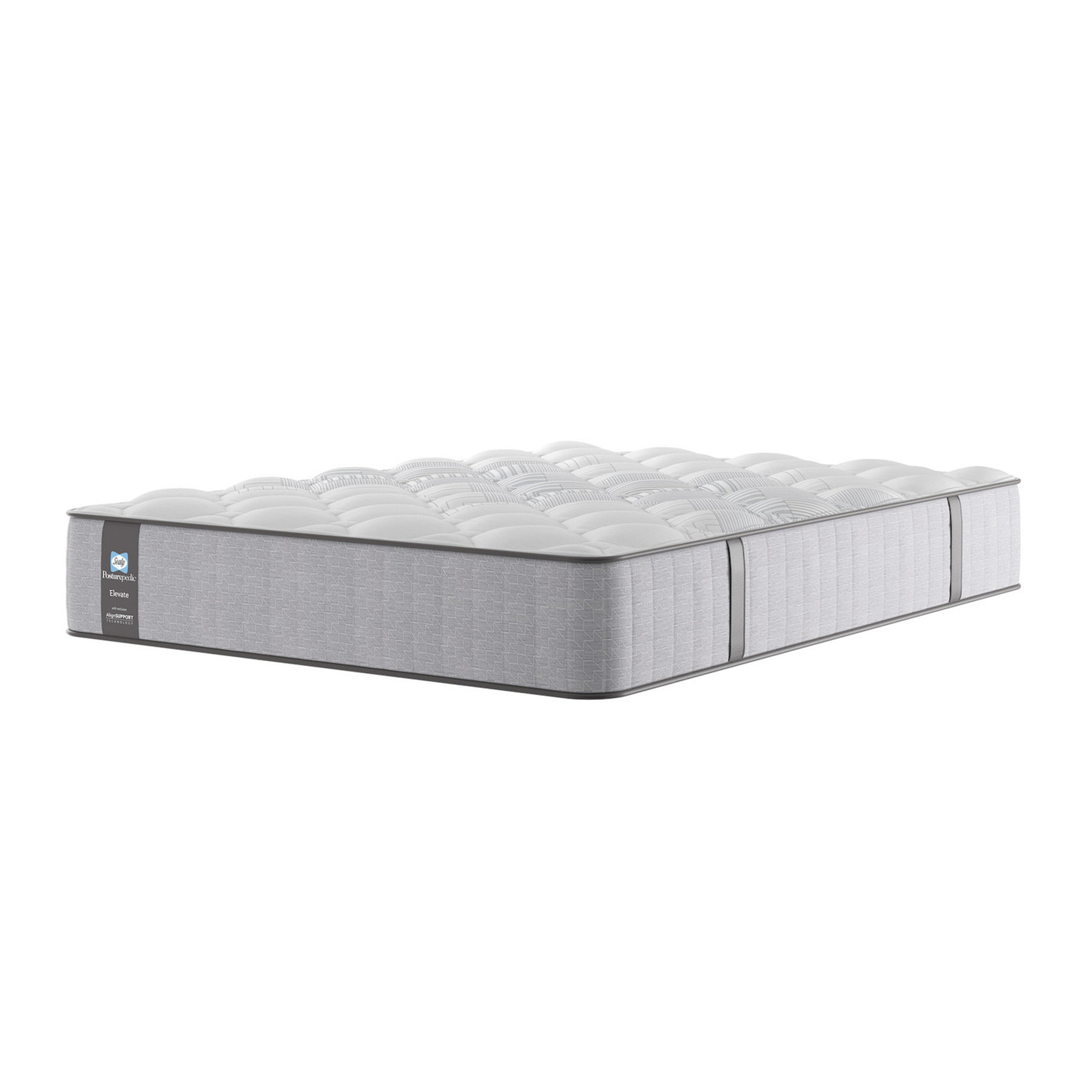
If you prefer a firmer feeling mattress then the cushioning of a hybrid memory foam mattress may have too much give. The Sealy Newton Posturepedic mattress utilises a mix of latex over open coil springs for a firmer feel. There's more detail in our Sealy Newton Posturepedic mattress review.
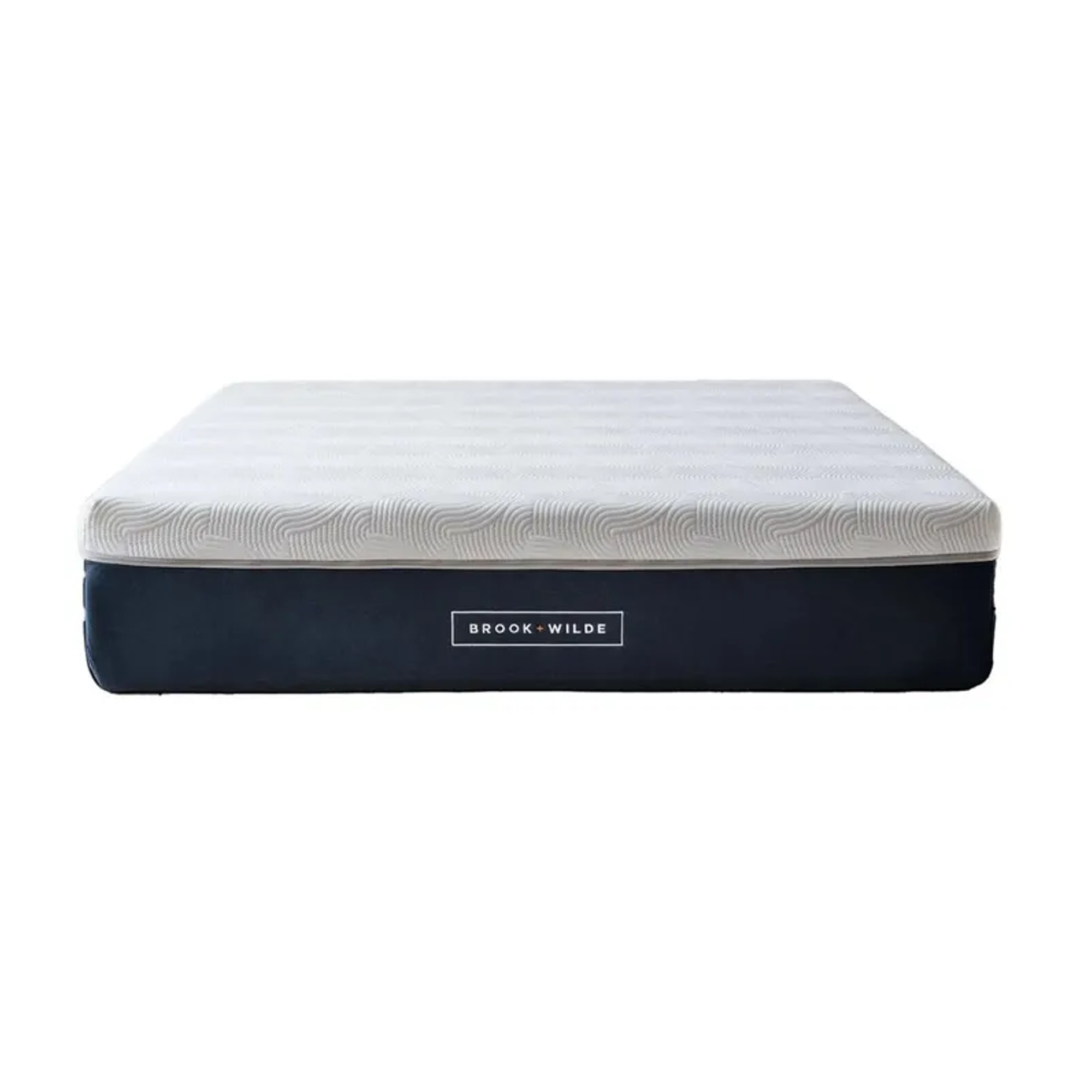
Unlike many hybrid mattresses, Brook + Wilde's Ultima mattress is available in three different tension options – soft, medium, and firm. As our individual body weight significantly affects how firm (and therefore how comfortable) we find a mattress, this is great news for a better night's sleep. Our Brook + Wilde Ultima mattress review has the full lowdown.
FAQs
What is the main difference between a hybrid mattress and a regular mattress?
‘The key difference lies in the construction' says Mary from Simba. A regular sprung mattress features pocket springs or open coil springs with wadding to add comfort, whereas a foam mattress is made up of layers of foam and memory foam with no springs in sight. 'A hybrid mattress, however, combines these technologies' says Mary. 'It has a core of innerspring coils for support, topped with layers of foam for comfort.’
'What differentiates a hybrid mattress from a sprung mattress with a comfort layer on top is that the surface layer materials used, such as memory foam or latex, could be used to make a mattress on their own without springs' expands Chris from Woolroom, 'whereas the natural fillings used for comfort layers, such as wool, cotton or cashmere, would need to be combined with springs to provide the right amount of comfort and bounce to the mattress'.
Do all hybrid mattresses feature memory foam?
Memory foam is often used as the comfort layer (or one of the comfort layers) in a hybrid mattress, but it's not the only option available.
'Although memory foam is often used to fill the surface layer, latex is a brilliant natural alternative as it’s an elastic material that is sustainably sourced from rubber trees', says Woolroom's Chris Tattersall, 'It’s far more popular in the US than in the UK, but it does deliver a lovely tension and level of comfort'.
Simon Williams from the National Bed Federation agrees that there are other options available, although memory foam does tend to feature in many hybrid mattresses. 'There might be a top layer of high density pressure-relieving memory foam on top of a layer of responsive latex foam and then a layer of supportive high resilient polyurethane foam. Using different combinations of different layers of foam provides different feels. The permutations are almost endless’, he says.

Each mattress brand tends to have their own ‘recipe’ for what they layer on their mattresses. So why is memory foam so popular? ‘This top layer is famous for its contouring properties – it moulds to the shape of your body giving you personalised support while you sleep’ says Mary Love of Simba.
Memory foam also tends to be cheap, which can make for an affordable mattress. However, the downsides of memory foam are that it can tend to cause overheating and it can be so cocooning it makes a mattress less responsive, meaning it's harder to change sleeping position. Plus, memory foam is a manmade synthetic material derived from petrochemicals that aren't renewable, are hard to recycle, and don't easily biodegrade, so it can have a high environmental impact.
Alternatively, responsibly-sourced latex can have a lower environmental impact. It's also naturally cooling, durable, and provides more responsive support. Latex is also a great mattress choice for those with allergies as it's so dense that dust mites find it tricky to permeate. On the flip side, a hybrid latex mattress is usually more expensive than a hybrid memory foam mattress.
Is a hybrid mattress firm or soft?
Hybrid mattresses come in all kinds of tensions, including soft, medium, medium-firm and firm. This is good news as it means you're likely to be able to find a hybrid mattress to suit you, whatever your preference.
‘A hybrid mattress can be either firm or soft, depending on the materials used and the overall construction,’ agrees Mary from Simba. ‘The firmness level is often customisable, with different models offering varying degrees of support and cushioning.’
Can you sleep on your side on a hybrid mattress?
If you’re a side sleeper eyeing up a hybrid mattress, we have good news. ‘Regardless of your preferred sleeping position, there will be a hybrid mattress suitable for you,’ says Suzanne Kugler, mattress buyer at John Lewis.
‘Hybrid mattresses are particularly well-suited for side sleepers,’ agrees Mary from Simba. ‘The foam layers on top provide the necessary cushioning for your shoulders and hips, which are the main pressure points when sleeping on your side.’
So there we have it, everything you need to know to decide whether a hybrid mattress is the right sleep surface for you.
And if you're still in doubt? Look for a hybrid mattress that comes with a sleep trial so that you can test out the mattress in your own home. That way you can try out the hybrid mix of springs and comfort layer for yourself to see if it strikes the right balance for you.

Zoe is a freelance journalist and content strategist. Her career has traversed kids' publishing, women's lifestyle magazines, luxury property and content marketing. She's worked for the BBC, STYLIST, Marie Claire, heat, Wallpaper*, InStyle, The Sunday Times Style, Ocado, Christie's and more. She now regularly writes about interiors and sleep for a range of media – what she doesn't know about mattresses isn't worth knowing.